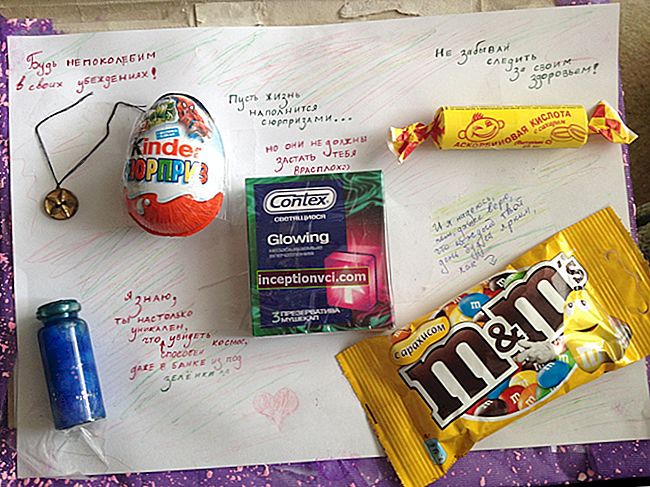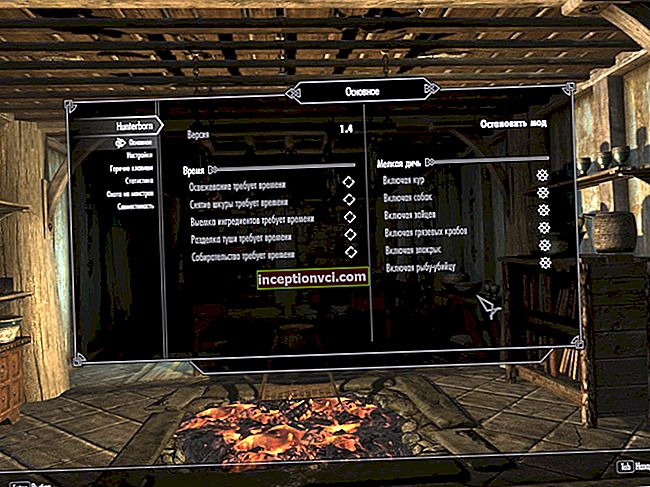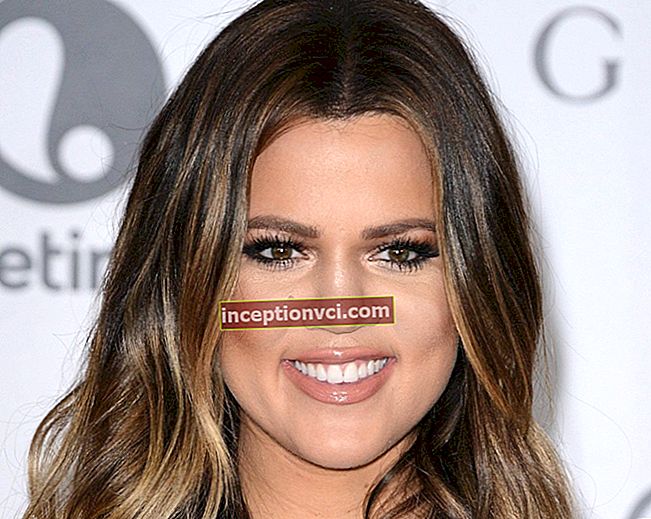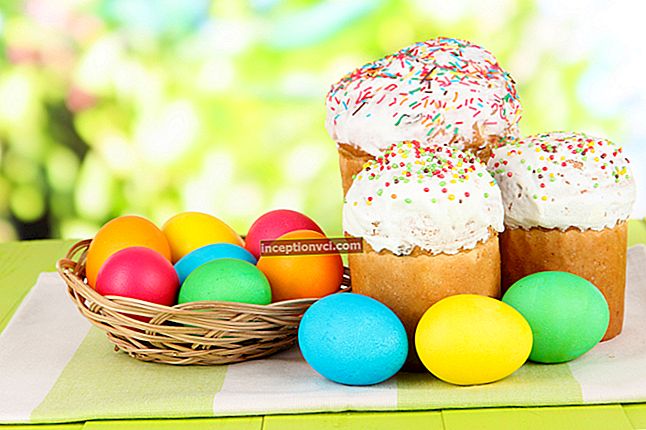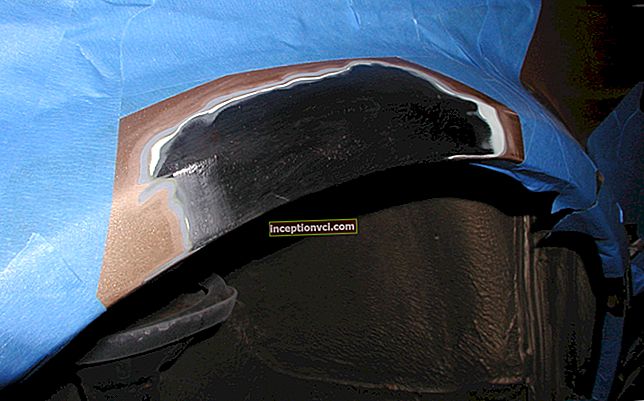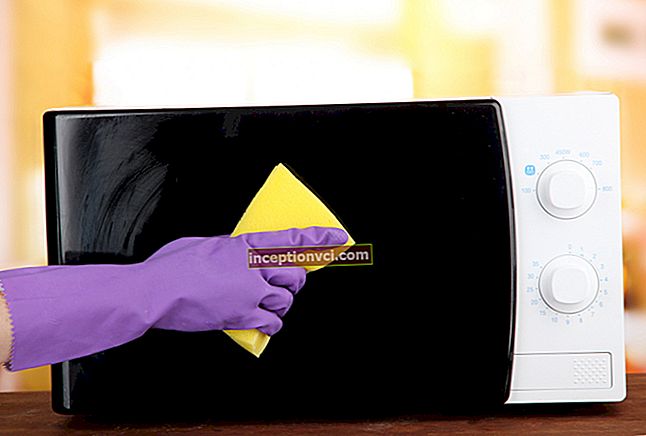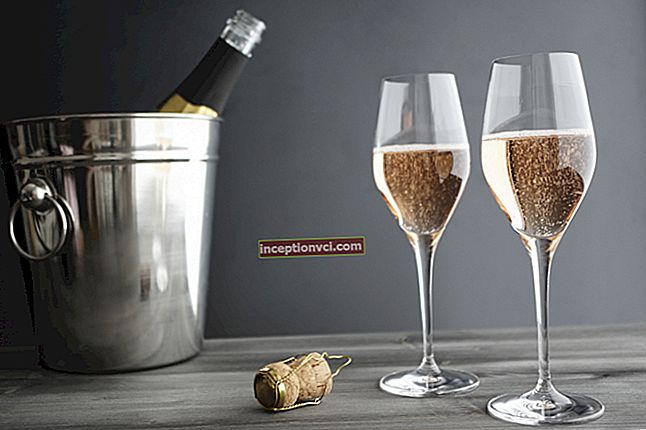RAW format is a set of non-interpolated data received from a digital camera sensor and recorded on a memory card. In simple terms, if in the case of JPEG, one image is saved, then in the case of RAW, all data is removed from the matrix, which significantly increases the possibilities of editing the image during subsequent processing. An example is simple: if, in the case of JPEG, the white balance can be changed only on the camera, before taking a picture, then in the case of RAW, this can be done already on the computer.
 RAW is great for shooting in low light, because then it makes it possible to make a very decent picture even from a frame that seems unsuccessful at first glance.
RAW is great for shooting in low light, because then it makes it possible to make a very decent picture even from a frame that seems unsuccessful at first glance.
Below, we briefly describe the main advantages of RAW over JPEG:
Effective noise reduction and sharpening
If you can remove noise in JPEG only in a graphics editor (while you need to try not to delete half of the photo), in the case of RAW, this can be done directly in the converter, and the result is almost ideal, as if this image was taken at a low sensitivity and under normal lighting.
The same applies to focusing, it can be changed in a RAW file in a very decent range, as for this type of processing.
Changing exposure
Of course, this does not mean that if you shoot in RAW, you can not learn the basics of photography, shoot with full automatic mode, and then print masterpieces on paper. The exposure in RAW can be changed quite well, at least compared to JPEG, and even underexposed pictures can be taken overexposed. As already mentioned, this is not a panacea and a good quality of the result is ensured only with not too significant changes, otherwise strong artifacts appear. Also, if you raise the exposure regardless of the source camera and converter, the amount of noise will increase.
Interpolation
 Here, the possibilities of RAW in comparison with JPEG are at least incorrect to compare, because if you had to stretch, add an additional area, remove an unnecessary object from the photo, and even in JPEG it worked out well, it will turn out amazingly in RAW. Since all the data has been taken from the matrix, the filling of the specified areas in the way you need occurs ideally. In addition, you can save the result in TIFF format, in which nothing will be cut and all data will be saved.
Here, the possibilities of RAW in comparison with JPEG are at least incorrect to compare, because if you had to stretch, add an additional area, remove an unnecessary object from the photo, and even in JPEG it worked out well, it will turn out amazingly in RAW. Since all the data has been taken from the matrix, the filling of the specified areas in the way you need occurs ideally. In addition, you can save the result in TIFF format, in which nothing will be cut and all data will be saved.
Unlimited color grading options
14-bit RAW files can be passed through any parameters, presets and curves that you initially set, so it's all up to your imagination.
You get the impression that you have to sit for a long time over each RAW file. In fact, this is not the case, since you can edit images in batches, that is, apply the settings of one image to all the others, which significantly saves time.
Of course, RAW has its drawbacks. The first is a very large file size compared to JPEG. It is usually 8-10 times the latter at the same resolution. Accordingly, this imposes its own requirements on the equipment and on the volume of the memory card (or even their number). On the other hand, all of these disadvantages are more than offset by the post-processing results you get compared to JPEGs.
Thus, it makes sense not to shoot in RAW only if you do not edit your photos on a computer at all, but immediately bring them to print directly from a memory card. In all other cases, RAW is a win-win option.

